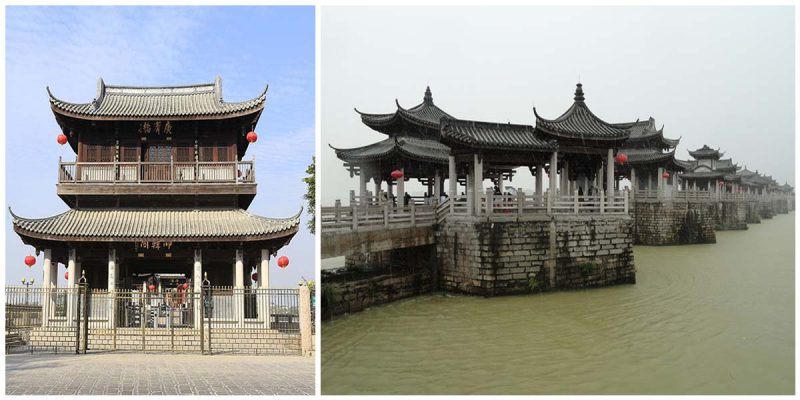Guangji Bridge (“Great Charity Bridge”), also known as Xiangzi Bridge, is an ancient crossing of the Han River, the only waterway passing through eastern Guangdong into Fujian and Jiangxi Provinces. The Han River has long been an important transportation route in the region, and Guangji Bridge has played an important part in the development of business and trade. The bridge is a key cultural relic under national protection and was the world’s first pontoon bridge which could open and close.
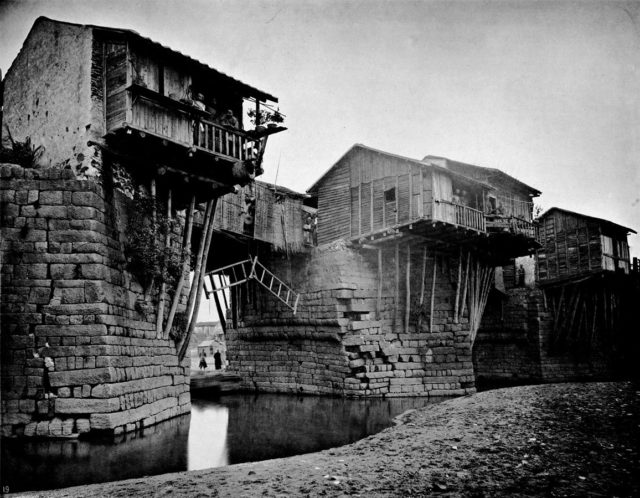
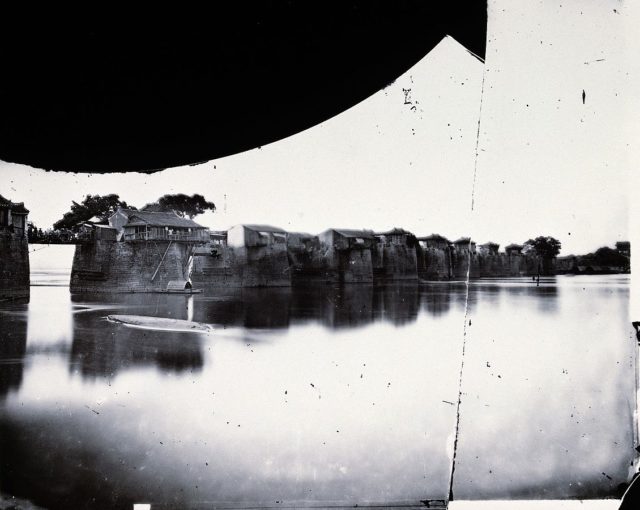
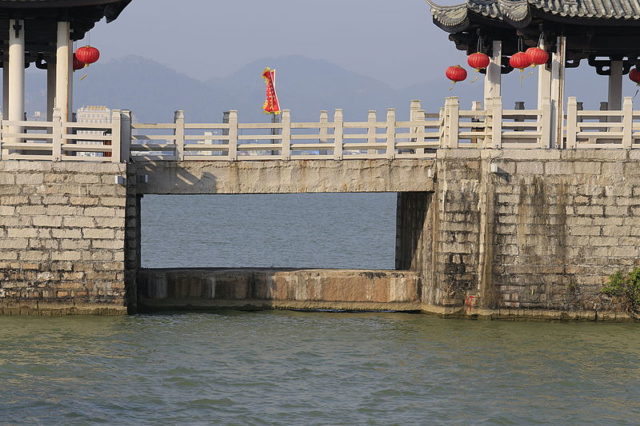
It was first built by the procurator Zeng Jiang in 1170. He named it “Floating Bridge“ because the entire bridge was a floating structure supported by eighty-six huge boats. Stone pillars were sunk to form massive piers stretching out into the river. Once the two piers were built on each side of the river, the middle part was connected by floating boats. In the year 1174, it was flooded and broken so another magistrate of a prefecture Chang Wei led workers to reconstruct it.
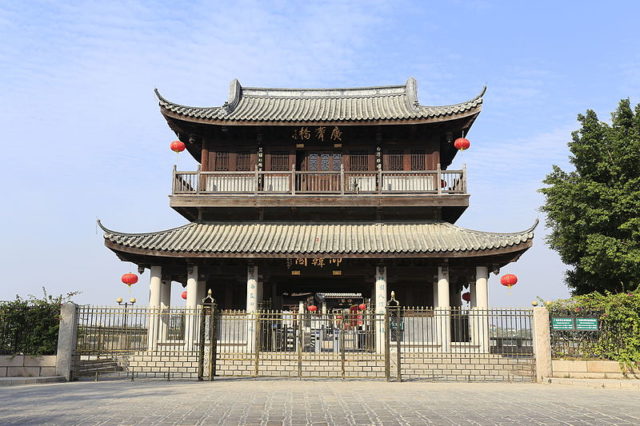
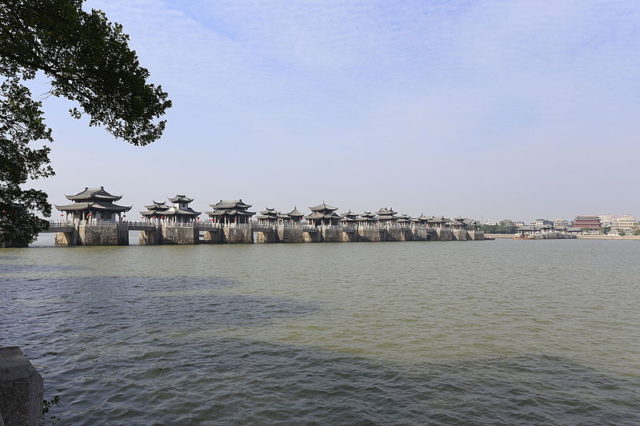
Soon several magistrates of the prefecture became involved in the bridge’s construction. Until 1206, 13 piers were built. After the east and west bridge had been finished , they were connected by some boats, which formed a bridge with the feature of a beam bridge and a pontoon bridge. In 1435 (Ming Dynasty), a magistrate of a prefecture named Wang Yuan led people to reconstruct the bridge. When it was finished, there were ten piers and nine holes in the west bridge, 13 piers and 12 holes in the east bridge, and 24 boats in the middle. What’s more, there were also 126 rooms on the bridge itself.
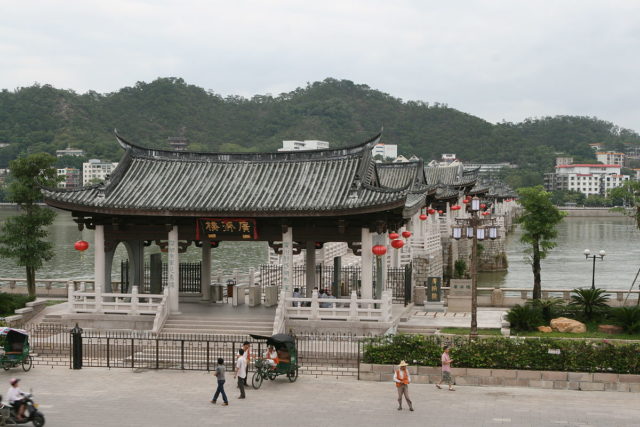
Today, the bridge, which is about 500 meters in length, is supported by 24 stone piers and has 24 pavilions. The middle section of the bridge was rebuilt to be supported by 18 shuttle boats that allowed the structure to open and close. The Guangji Bridge has been recently rebuilt and re-opened in 2009.
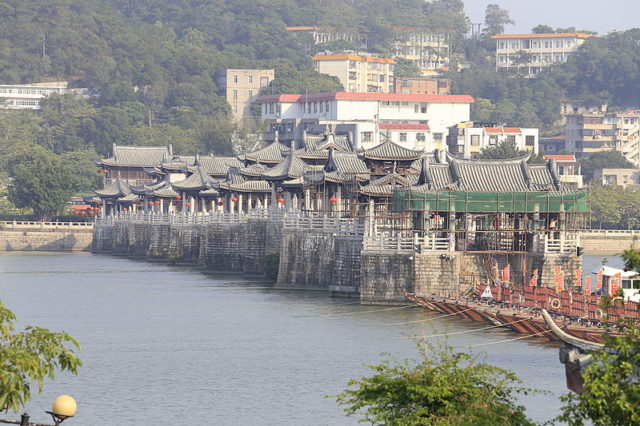
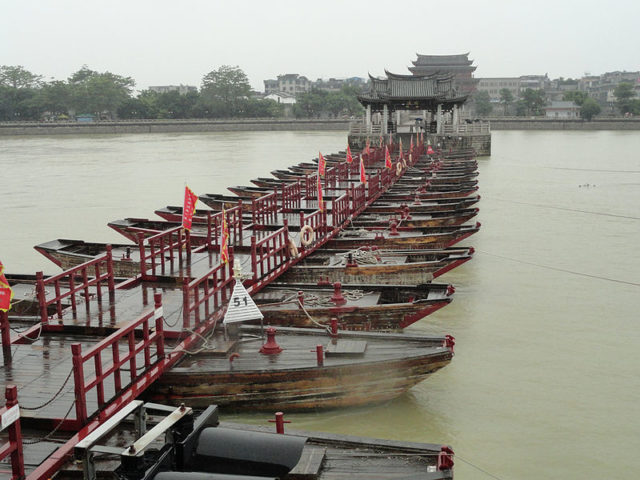
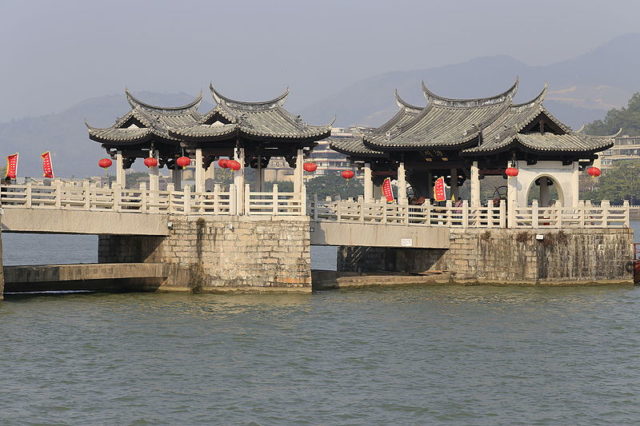
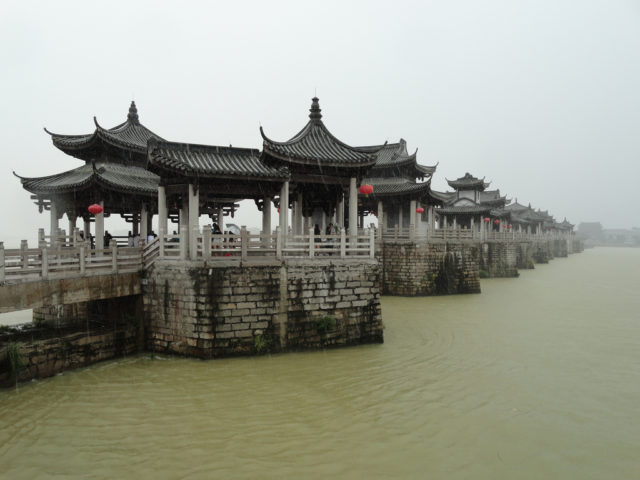
There is an old saying that goes “if you went to Chaozhou without visiting the bridge, you cannot say that you have been to Chaozhou. “
